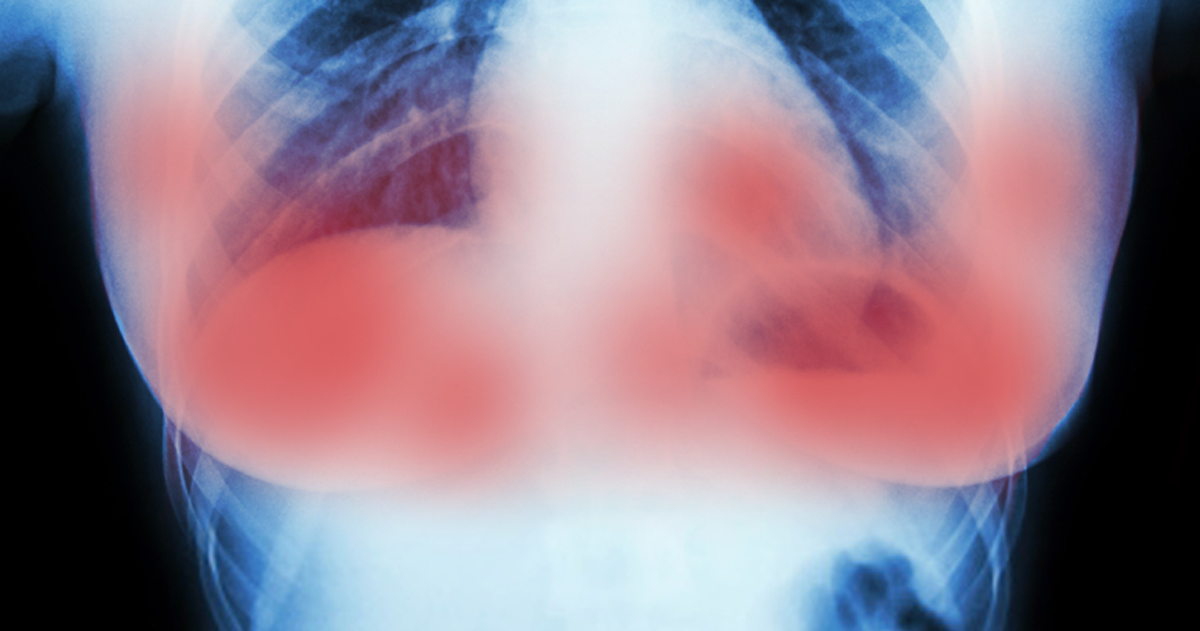A breathing-based meditation practice known as Sudarshan Kriya yoga helped alleviate severe depression in people who did not fully respond to antidepressant treatments, reports a new study published today in the Journal of Clinical Psychiatry from researchers in the Perelman School of Medicine at the University of Pennsylvania. The study bolsters the science behind the use of controlled yogic breathing to help battle depression.
In a randomized, controlled pilot study, led by Anup Sharma, MD, PhD, a Neuropsychiatry research fellow in the department of Psychiatry at Penn, researchers found significant improvement in symptoms of depression and anxiety in medicated patients with major depressive disorder (MDD) who participated in the breathing technique compared to medicated patients who did not partake. After two months, the yoga group cut its mean Hamilton Depression Rating Scale (HDRS) score by several points, while the control group showed no improvements. HDRS is the most widely used clinician-administered depression assessment that scores mood, interest in activities, energy, suicidal thoughts, and feelings of guilt, among other symptoms.
More than half of the 41 million Americans who take antidepressants do not fully respond. Add-on therapies are often prescribed to enhance the effects of the drugs in these patients, but they typically offer limited additional benefits and come with side effects that can curb use, prolonging the depressive episode. What's more, patients who don't fully respond to antidepressants are especially at risk of relapse.
"With such a large portion of patients who do not fully respond to antidepressants, it's important we find new avenues that work best for each person to beat their depression," Sharma said. "Here, we have a promising, lower-cost therapy that could potentially serve as an effective, non-drug approach for patients battling this disease."
The meditation technique, which is practiced in both a group setting and at home, includes a series of sequential, rhythm-specific breathing exercises that bring people into a deep, restful, and meditative state: slow and calm breaths alternated with fast and stimulating breaths.
"Sudarshan Kriya yoga gives people an active method to experience a deep meditative state that's easy to learn and incorporate in diverse settings," Sharma said.
In past studies, the practice has demonstrated a positive response in patients with milder forms of depression, depression due to alcohol dependence, and in patients with MDD; however, there are no clinical studies investigating its use for depression in an outpatient setting. Past studies suggest that yoga and other controlled breathing techniques can potentially adjust the nervous system to reduce stress hormones. Overall, the authors also note, well-designed studies that evaluate the benefits of yoga to treat depression are lacking, despite increased interest in the ancient Indian practice. Millions of Americans participate in some form of yoga every year.
In the study, researchers enrolled 25 patients suffering from MDD who were depressed, despite more than eight weeks of antidepressant medication treatment. The medicated patients were randomized to either the breathing intervention group or the "waitlist" control group for eight weeks. (The waitlist group was offered the yoga intervention after the study). During the first week, participants completed a six-session program, which featured Sudarshan Kriya yoga in addition to yoga postures, sitting meditation, and stress education. For weeks two through eight, participants attended weekly Sudarshan Kriya yoga follow-up sessions and completed a home practice version of the technique.
Patients in the Sudarshan Kriya yoga group showed a significantly greater improvement in HDRS scores compared to patients in the waitlist group. With a mean baseline HDRS score of 22.0 (indicating severe depression at the beginning of the study), the group that completed the breathing technique for the full two months improved scores by 10.27 points on average, compared to the waitlist group, which showed no improvements. Patients in the yoga group also showed significant mean reductions in total scores of the self-reported Beck Depression (15.48 point improvement) and Beck Anxiety Inventories (5.19 point improvement), versus the waitlist control group.
Results of the pilot study suggest the feasibility and promise of Sudarshan Kriya as an add-on intervention for MDD patients who have not responded to antidepressants, the authors wrote. "The next step in this research is to conduct a larger study evaluating how this intervention impacts brain structure and function in patients who have major depression," Sharma said.
Source:UNIVERSITY OF PENNSYLVANIA SCHOOL OF MEDICINE
 The two drugs are commonly used in breast cancer treatment already, but this is the first time they had been combined together and used before surgery and chemotherapy. What they found was they were able to eliminate some types of breast cancer in just 11 days.
The two drugs are commonly used in breast cancer treatment already, but this is the first time they had been combined together and used before surgery and chemotherapy. What they found was they were able to eliminate some types of breast cancer in just 11 days.



